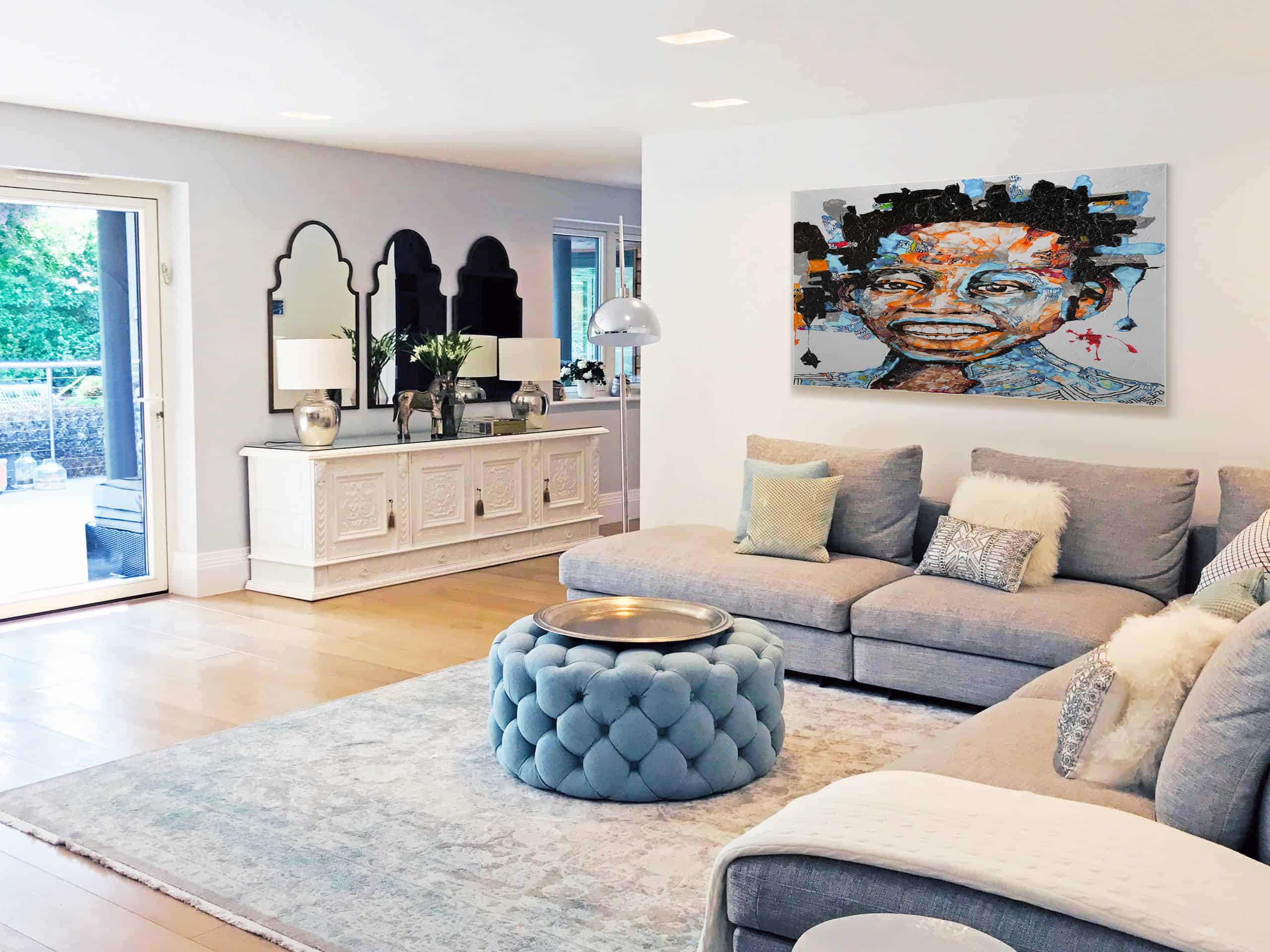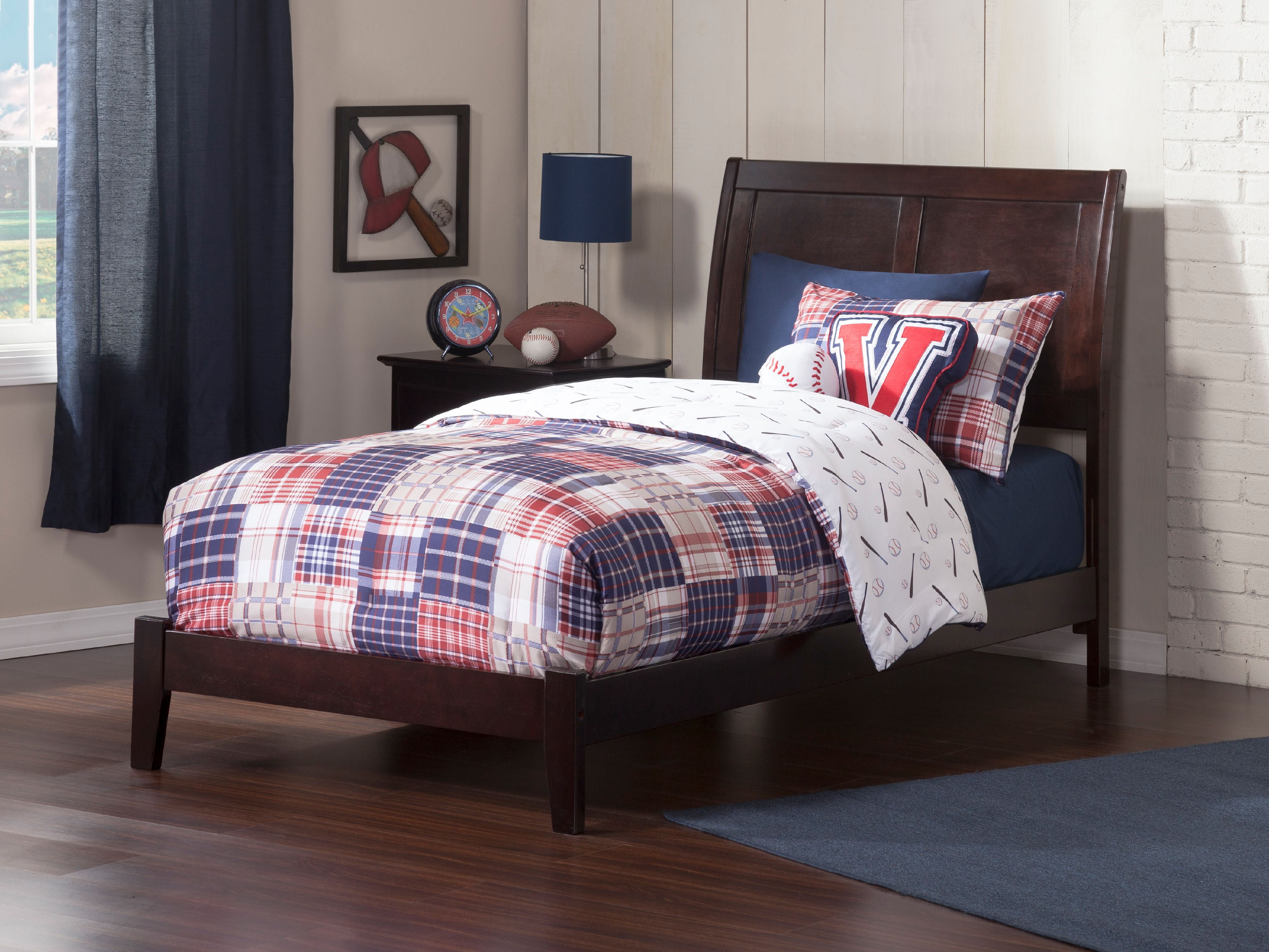1. Medieval Kitchen Design with Primary Focus on Fire
The heart of any medieval kitchen was the fire. It was used for cooking, heating water, and even preserving food. In a medieval kitchen design, the fireplace was often the centerpiece of the room. It was a place where meals were prepared and shared, and where family and friends gathered to warm themselves in the cold winter months.
The Design Layout: A typical medieval kitchen would have a large fireplace built into one of the walls. The cooking area would be located directly in front of the fire, with a small gap between the fire and the wall to allow air to circulate. This layout allowed for maximum heat distribution and efficient cooking.
The Type of Fire: The fire in a medieval kitchen was not just any fire. It was built and maintained in a specific way to ensure it burned consistently and evenly. The fire would be built up with small sticks and twigs, then kindled with straw and topped with larger logs. This method allowed for a long-lasting and controlled heat source.
The Purpose of the Fire: In addition to cooking, the fire also served other important purposes in a medieval kitchen. Meat was often hung above the fire to be smoked and preserved. Water was heated above the fire for bathing and washing, and larger pots were used to create hot baths for soaking aching feet after a long day of work.
2. Medieval Kitchen Design with Primary Focus on Hygiene
What We Know About Medieval Hygiene: Hygiene practices in medieval times were vastly different than what we know today. Washrooms were often located outside the main living and cooking areas, and personal hygiene was not a daily routine.
Cross Ventilation: One of the main design features of a medieval kitchen was cross ventilation. This was to help keep the air clean and prevent odors from building up in the kitchen. Windows were strategically placed to allow for a constant flow of fresh air, and some kitchens even had open ceilings to help with air circulation.
Separate Work Areas: Another important aspect of medieval kitchen design for hygiene was having separate work areas. The cooking area would be kept separate from the storage and preparation areas. This helped to prevent cross-contamination and the spread of bacteria.
The Use of Herbs: Herbs were commonly used in medieval kitchens not only for cooking, but also for their cleansing properties. Herbs such as rosemary, thyme, and lavender were used to purify the air and counteract any unpleasant odors.
3. Medieval Kitchen Design with Primary Focus on Storage
Importance of Storage: In medieval times, food was not as readily available as it is now. Therefore, it was important to have a well-designed storage area in the kitchen to store preserved food and ingredients for future meals.
Types of Storage: The most common type of storage in a medieval kitchen was a larder or pantry. This was a cool, dark room where preserved food was kept. Dry goods, such as grains and spices, were also stored in this room. Some larger kitchens also had a separate meat room for storing cured meats and other perishable items.
Design Features: A medieval pantry or larder often had stone or clay walls, as these materials kept the room cool and damp. Shelves were also strategically placed to maximize storage space and keep food away from rodents and insects.
4. Medieval Kitchen Design with Primary Focus on Cooking
The Cooking Methods: In medieval times, there were no fancy appliances or gadgets to assist with cooking. Instead, meals were prepared using a few simple tools, such as a cauldron, a spit, and a bread oven.
The Cauldron: The cauldron was the most versatile tool in a medieval kitchen. It was used for boiling, stewing, and frying. Depending on the meal being prepared, the cauldron would be hung over the fire with a chain or placed on a tripod over the flames.
The Spit: The spit was used for roasting meat and poultry. The meat would be skewered onto the spit and then turned by hand over the open fire. This was a time-consuming process, but it resulted in delicious, tender meat.
The Bread Oven: Bread was a staple in medieval times, and a bread oven was an important fixture in a medieval kitchen. It was usually located outside the main cooking area, as it required a large amount of space for the fire and for the bread to rise.
With its focus on the fire, hygiene, storage, and cooking, a medieval kitchen was not just a place to prepare meals, but a vital part of daily life. Incorporating elements of a medieval kitchen into modern designs can bring a touch of history and charm into any home.
Exploring the Functionality of a Medieval Kitchen

In medieval times, a kitchen was not just a place for cooking and meal preparation, it was the heart of the home. The design of a medieval kitchen was centered around efficiency, practicality, and the social aspects of food. Medieval kitchen design was heavily influenced by the resources available, such as firewood and running water, and the daily routines and traditions of the people who used it.
One of the key elements of a medieval kitchen was the hearth , where a fire would be constantly burning to heat the room and provide a source of cooking. The hearth was usually located in the center of the kitchen, surrounded by a large worktable and storage areas for utensils and ingredients. This central location allowed for efficient movement and access to the various areas of the kitchen.
The Importance of Organization

Organization was a crucial aspect of medieval kitchen design. With limited space and resources, it was essential to have a well-organized kitchen to efficiently carry out daily tasks. Shelving and hooks were commonly used to store pots, pans, and other cooking tools, making them easily accessible when needed. Hanging racks were also a popular storage option for utensils and herbs, keeping them within arm's reach of the cook.
Social Aspects of Food

In medieval times, food and mealtimes were not just about sustenance, but also a way to socialize and connect with others. The design of a medieval kitchen reflected this, with a large communal dining table usually located in or near the kitchen. This allowed for the cook to interact with family and guests while preparing meals, creating a sense of community.
With practicality and efficiency in mind, medieval kitchen design took on a unique character that was specific to the needs and traditions of the people who used it. From the placement of the hearth to the organization of tools and the communal dining experience, every aspect of the kitchen was carefully planned to make the cooking and dining experience as enjoyable and efficient as possible.

























